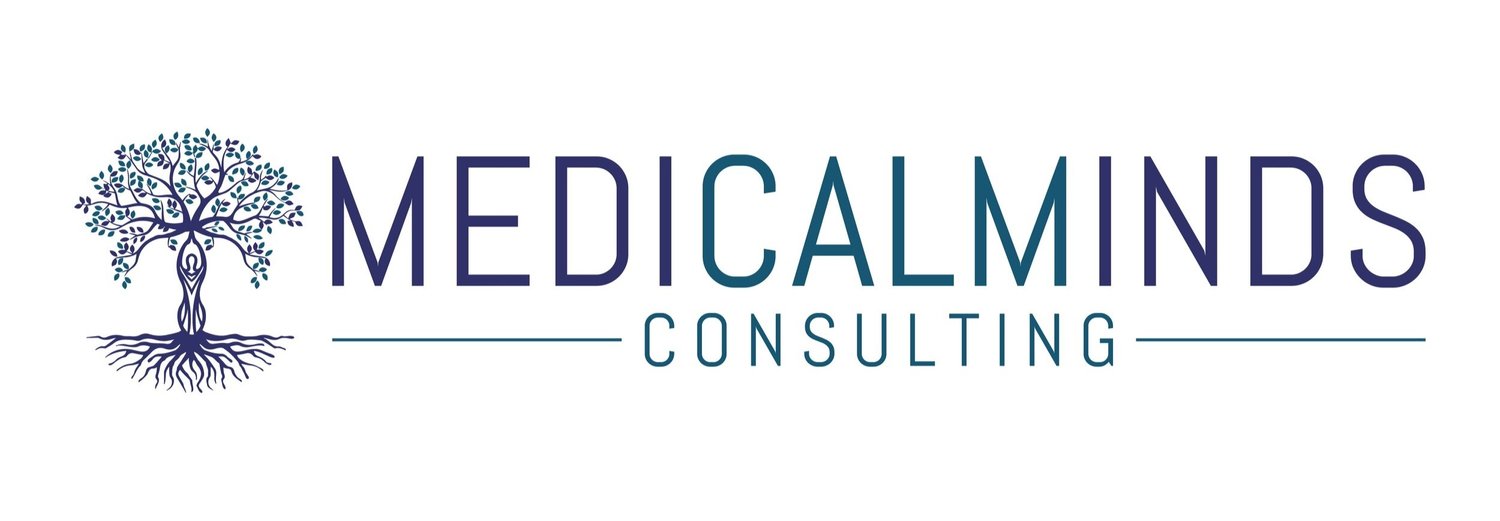Do You Need Thought Surgery?
Since I’ve retired from practicing medicine, people ask if I miss surgery. It’s certainly been a big life adjustment. But what I’ve realized is that while I’m no longer doing physical surgery, I now do a kind of thought surgery in my new career as a coach.
In surgery, we do a history and physical. We may find an indication for surgery. The procedure has steps: incision, dissection, excision, or repair of the problem, and lastly, schedule follow-up. Thought surgery has essentially the same processes.
Coaches ask a lot of questions. You might call this the “history & physical” of coaching.
The inquiry is all directed to find out the important thing: What is the chief complaint? What hurts in their life? Often it’s not one thing, it’s a bunch of things (and how often does THAT happen in the exam room). And they’re all clustered together in an area of your life. An area where life isn’t turning out as you’d hoped and planned. Either you’re not reaching a certain goal, or you reached that goal and the expected positive impact didn’t happen. Or maybe you keep having the same interpersonal difficulties over and over and it’s impacting your career or personal life.
This circumstance or situation is causing pain, anger, confusion, disappointment, or just plain stress.
Sometimes you’ve already tried to make some changes, but either the changes don’t stick or again lead back to the same result and situation. That’s the indication for thought surgery.
Thought surgery is the treatment. The procedure.
The incision is the first step in any procedure. For thought surgery, it’s identifying the thoughts you’re having that lead to your stressful emotions.
The next step is dissection. We explore your thoughts to get to the emotions you’re experiencing. Like any dissection, this can be delicate, with multiple layers that need to be traversed to identify where the problem is. Or it can be blunt, like after a trauma has occurred, and the emotions are all easily surfacing through and around the thought wound.
We examine that emotion to see if it is a cover emotion, like anger, which may be the surface or protective emotion for something more tender. Dissection proceeds until we locate the heart of the matter, what would be the pathology in a physical surgery. Only it isn’t really pathologic. It’s human.
It’s a normal human reaction to feel certain emotions when you think certain kinds of thoughts. Many different thoughts can lead to the same emotions.
And thoughts can lead to more than one emotion, so the challenge is to find the thought and the emotion that seem to be driving your negative experience.
When you experience certain feelings, you often take actions that tend to reinforce the initial thoughts that you were having that caused the feelings in the first place. This then recreates the same emotions, and the recurrent cycle that causes dissatisfaction continues.
To interrupt the cycle, we look at those thoughts and evaluate whether they are true and/or helpful, or if there are other thoughts we could have in this situation that would drive more satisfying and empowering emotions that then would lead to different actions.
Are there ways to change the wording of the thoughts that allow you to feel better? We identify a new thought, that is believable to you, that you can consciously deploy when faced with a similar circumstance. This new thought will lead to feeling better at the moment and acting in a way that you’re proud of and is consistent with your values.
This is the excisional or reparative part of the surgery.
Once you have a new thought, you practice thinking it before the situation comes up again, so that you will be ready to employ it when needed. That’s kind of like arranging to follow up once the procedure is done. Because we don’t want the thought/emotion/action sequence to recur, just like we don’t want physical pathology or deformity to recur.
Thinking the new thought leads to our new result.
Here’s a simple example from my own life, where I learned how to get more sleep during call nights.
It’s 1:30 am and the beeper goes off. (Yes, I’m old enough that I clung to my pager rather than use my phone.) It’s Urgent Care wanting to confirm that they should splint a fracture that isn’t displaced and send it to clinic for follow-up.
Before thought surgery, this is what would happen in my head: “they shouldn’t be calling me at 1:30 am with something so simple and obvious. They should just send it to clinic.” I become frustrated and angry. I’m terse with the caller. I fume all night and don’t get back to sleep until it’s almost morning.
After thought surgery, same situation. Now the experience is more like this: deep breath, “this is part of the job”, I think. I accept the situation and do not get angry. I’m polite with the caller. I go back to sleep.
Same situation, different outcome. The person whose quality of life improved? Me. And probably the provider at urgent care who didn’t get a dose of my wrath. But mostly me. The other provider may already have the thought “that’s part of the job.”
So, in summary, first, notice circumstances that are causing discomfort or pain. That’s the indication that thought surgery is needed. Make a mental incision to find the thought you experience at that moment. Dissect to find the specific strong emotion you’re having in reaction to the thought. Identify the action caused by the original emotion that you want to be different. Finally, create a new thought (which you can believe now) to use when a similar situation occurs so that you can feel differently, act differently and have a different result that is more in line with your values.
That’s the follow-up.
We cannot at the moment change circumstances, but we can change what we believe about them so that we experience more positive emotions and act in a way that is consistent with our values and objectives.
Once the clustered painful thoughts and feelings are healed, we can move on to the next area that needs work, could be better, could be optimized, could be more satisfying.
And just like in my old job, the person has to do the healing and rehab. These are activities no one else can do for them. The pain is theirs, but I can help lessen it. The growth is theirs, but I can help facilitate it.



























